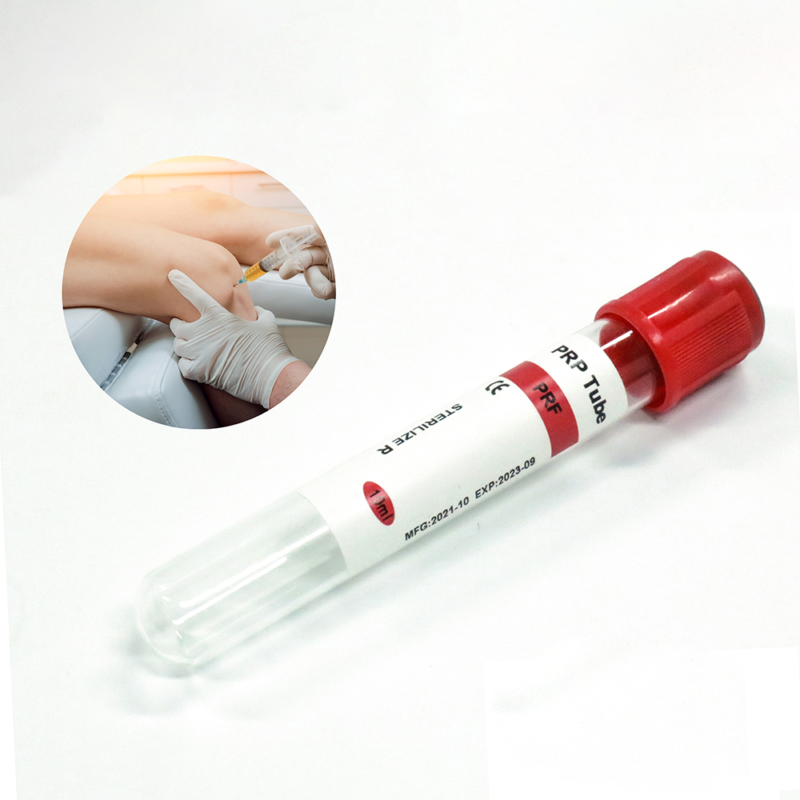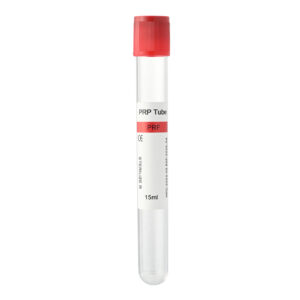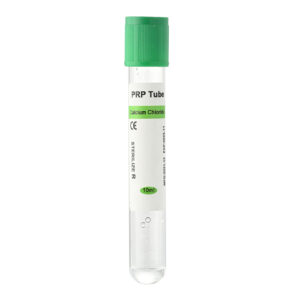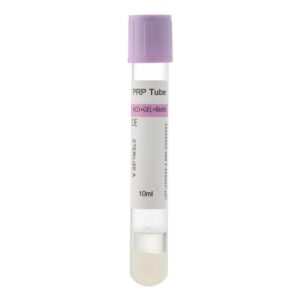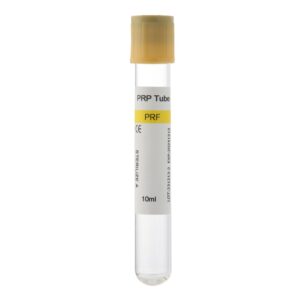How long do PRP injections last? Platelet-rich plasma (PRP) injections are an advanced treatment that harnesses the body’s healing abilities to address various conditions. PRP injections have shown significant effectiveness in joint pain, tendon injuries, and hair restoration. However, a common question among patients is: how long do the effects of PRP injections last? To answer this, we need to delve into the treatment process, the conditions PRP can treat, and the factors influencing the duration of its effects.
What Is the Treatment Process Like?
The PRP treatment is relatively simple and safe, typically completed within an hour. Here’s a breakdown of the key steps:
- Blood Collection: The procedure begins with collecting a small amount of the patient’s blood, usually a few vials, depending on the area to be treated and the required platelet concentration.
- Centrifugation: The collected blood is then placed in a centrifuge, spinning at high speeds to separate the blood components. The platelet-rich plasma is extracted, containing a high concentration of growth factors vital for healing.
- PRP Injection: The concentrated PRP is injected into the target area, such as joints, tendons, or the scalp. Ultrasound or other imaging techniques often guide this step to ensure precise delivery and maximize the treatment’s effectiveness.
- Recovery and Aftercare: One of the notable advantages of PRP therapy is its minimally invasive nature. Most patients can resume normal activities immediately after the procedure, with little to no downtime. Doctors may advise patients to avoid strenuous activity for a short period post-treatment, but overall recovery is swift.
Which Conditions Can Be Treated with PRP?
PRP injections are versatile and can treat various conditions across different medical fields. Here are some of the most common applications:
- Osteoarthritis: PRP injections are widely used to treat osteoarthritis in joints like the knee and hip. PRP can improve joint function and alleviate pain by promoting cartilage regeneration and reducing inflammation. Many patients report increased mobility and a significant reduction in pain after treatment.
- Tendon and Ligament Injuries: PRP is highly effective in treating chronic conditions such as tennis elbow, Achilles tendonitis, and other tendon injuries. PRP is particularly popular among athletes who seek to return to their sport quickly by accelerating the healing process and reducing pain.
- Hair Restoration: In dermatology, PRP treats hair loss, particularly androgenetic alopecia (genetic hair loss). PRP stimulates hair follicle activity, promoting hair regrowth and improving hair thickness and density.
- Sports Injuries: PRP is also beneficial in treating sports injuries, such as muscle strains and ligament sprains. It reduces pain and speeds up tissue repair, helping athletes recover faster and return to peak performance.
How Long Do PRP Injections Last?
The effects of PRP injections typically last between six to nine months, but this duration can vary depending on several factors:
- Severity of the Condition: PRP injections last longer for milder injuries or early-stage conditions. The effects may not be as prolonged for more severe cases, and more frequent treatments might be required.
- Overall Health of the Patient: Patients in good overall health generally respond better to PRP therapy, leading to longer-lasting effects. This is because a healthier body is more capable of maintaining the therapeutic benefits of PRP.
- Initial Response to Treatment: Some patients experience significant improvement after just one injection, while others may require multiple treatments to achieve the desired results. Doctors may recommend maintenance injections to ensure sustained benefits based on the initial response.
The Importance of Maintenance Injections
For some patients, a single PRP injection might not be sufficient to fully address the condition. In such cases, doctors might suggest regular maintenance injections. This approach is particularly useful for chronic conditions like osteoarthritis or persistent tendonitis, where periodic PRP injections can extend the duration of symptom relief and prevent recurrence.
Conclusion
PRP injections are a safe and effective treatment option for various conditions, offering long-lasting relief with minimal risks and recovery time. While the duration of PRP’s effects varies from person to person, many patients enjoy six to nine months of symptom relief, with the potential for longer-lasting benefits through personalized treatment plans. For those looking to avoid surgery or long-term medication use, PRP injections present a promising alternative.
Whether used for joint pain, tendon injuries, or hair restoration, PRP therapy continues to demonstrate its broad potential. By working closely with their doctors, patients can develop the best treatment strategy for optimal results and long-term health benefits.

